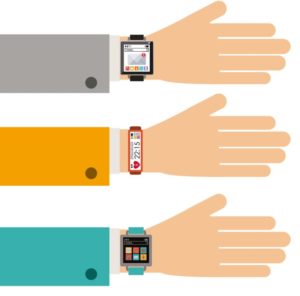Watchmaker Fossil announced it has pushed its own update to its Gen 5 line of smartwatches, bringing with it a number of new ‘exclusively developed by Fossil Group’ features, including fitness and sleep tracking, and battery life improvements.

The Gen 5 series — and all of Fossil’s other smartwatches — runs on Google’s Wear OS smartwatch operating system, and though wearers usually have to wait for Google for any updates, this time Fossil decided to push them out itself, in a move that may be attributed to a January 2019 deal between the two companies that resulted in Google purchasing a portion of Fossil’s smartwatch tech team.
The first major addition the update brings is a sleep tracking system that will allow wearers to record their sleep history while setting sleep goals and monitoring restfulness, a feature similar to one Apple is expected to introduce in its upcoming watchOS 7.
As for the fitness-focused improvements, a new cardio fitness level tracker combines the wearer’s resting heart rate with their age, gender and weight details to determine an approximation of cardiorespiratory health and overall fitness levels over a designated period of time. It also supports VO2 max estimation — meaning maximum oxygen uptake, which measures the maximum amount of oxygen an individual can use during intense exercise.
The battery life improvements come via a couple of changes to the OS. First, new battery management features introduced with the update give users the ability to create personalized profiles to help them toggle their processor and make performance/battery tradeoffs to help the Gen 5 last for 24 hours between charges.
There’s also a new Wellness app that Fossil says will move the processing for sleep and heart rate tracking features to the Gen 5’s coprocessor, which will help conserve the watch’s battery when handling pace, distance and calorie tracking during workouts.
The software update for the Gen 5 is now available via the Wear OS app, and is compatible with smartphones running Android 6.0 or later, as well as iPhones on iOS 10 and up.
Source: VentureBeat

Follow Us